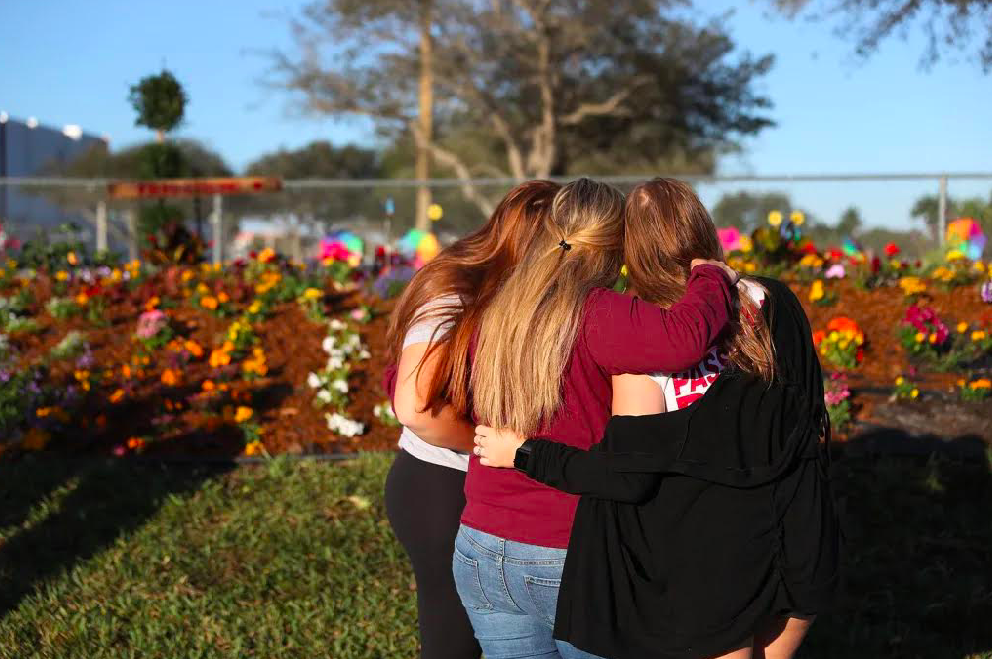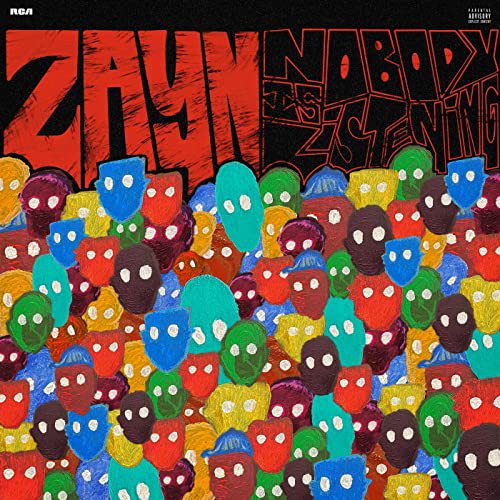Just past the one-year anniversary of the historical Marjory Stoneman Douglas school shooting, the trauma has taken its toll on two more people, who struggled to live in the aftermath and resorted to taking their own lives. The victims were former students left in the wake of the disaster that claimed the lives of their friends.
Sydney Aiello, 19, was passionate about cheerleading and yoga, and had plans to attend medical school one day. She was in her freshman year at Florida Atlantic University. She was a bright and determined student, yet her fears held her back from striving in college because “classrooms now scared her.”
She killed herself via “a gunshot wound to the head”, according to NBC.
Aiello’s decision came from what was called the “ripple effect of the MSD shooting”. She had been suffering from survivor’s guilt, as well as post-traumatic stress disorder (PTSD), according to her mother.
Only a day after Sydney’s funeral, sophomore Calvin Desir, 16, followed suit. Desir was found unresponsive in his home by Coral Springs Police Officer Tyler Reik. His cause of death was never revealed, although it is speculated to be a suicide. The Coral Springs Police department spoke out about the obstacles that lay ahead for the community, stating, “[The] City of Coral Springs recognizes the anxiety and suffering that continues for students, teachers and families who have experienced such violence and devastating loss. As a city, we are committed to shining a light on those who suffer in the darkness.”
Desir’s death preceded the March For Our Lives one-year anniversary, which was the following day. The March was a project founded by the Parkland survivors, as they rallied to bring awareness to gun-control in Washington D.C. One of the March’s more vocal activists, David Hogg, begged the essential question on Twitter, “How many more kids have to be taken from us as a result of suicide for the government/school district to do anything? Rip 17+2,” referring to the 17 students killed in the shooting and the two students who had committed suicide after.
Unfortunately, suicides in the wake of a mass shooting are slowly becoming more common. On December 14, 2012, Sandy Hook Elementary was attacked by a school shooter, who ultimately stole the short lives of 20 elementary-school aged children between the ages of six and seven, as well as six staff members, the shooter’s mother, and lastly, himself.
Six years later, Jeremy Richman and his wife, Jennifer Hensel, created the Avielle Foundation, named after their daughter who was killed in the Sandy Hook shooting, as a way to promote “mental health education and compassion”, as written by The New York Times. As a neuroscientist, Jeremy used the Foundation to support his research on “brain abnormalities that could be linked to violent behavior.”
Richman was found dead in the Newton, Conn., office of the Avielle Foundation, from an apparent suicide. He was 49 years old.
“Tragically, his death speaks to how insidious and formidable a challenge brain health can be and how critical it is for all of us to seek help for ourselves, our loved ones and anyone who we suspect may be in need,” the Foundation issued in a public statement. Richman reportedly left a note, although the police department did not disclose its contents. He is survived by his wife and two children, Imogen and Owen. There are an abundance of resources available 24/7 for those in need of help, including, but not limited to: National Suicide Prevention Lifeline at 1-800-273-8255 (TALK), or you can text TALK to 741741 for 24/7, anonymous, free counseling from the Crisis Text Line, or go to http://suicidehotlines.com/national.html.














